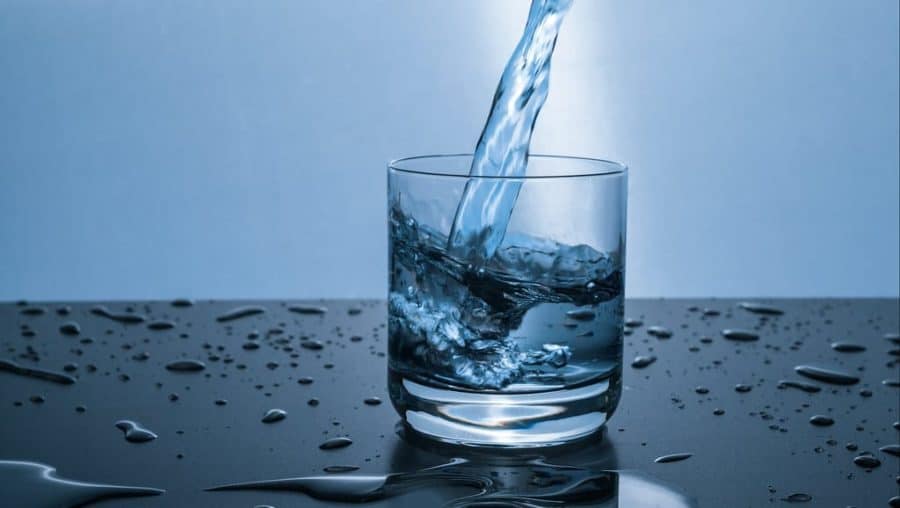The process is low cost, low energy and low maintenance, and has the potential to provide safe water to communities in remote and disaster-struck areas where fresh water is in short supply.
Developed by the university’s Water Innovation and Research Centre in partnership with Indonesia’s Bogor Agricultural University and the University of Johannesburg, the prototype desalination unit is a 3D-printed system with two internal chambers designed to extract and/or accumulate salt. When power is applied, salt cations (positively charged ions) and salt anions (negatively charged ions) flow between chambers through arrays of micro-holes in a thin synthetic membrane. The flow can only happen in one direction thanks to a mechanism that has parallels in mobile-phone technology. As a result of this one-way flow, salt is pumped out of seawater. This contrasts with the classical desalination process, where water rather than salt is pumped through a membrane.
Desalination, which turns seawater into fresh water, has become an essential process for providing drinking and irrigation water where freshwater is scarce. Traditionally, it has been an energy-intensive process carried out in large industrial plants.
Professor Frank Marken from the Department of Chemistry said: “There are times when it would be enormously beneficial to install small, solar-powered desalination units to service a small number of households. Large industrial water plants are essential to 21st Century living, but they are of no help when you’re living in a remote location where drinking water is scarce, or where there is a coastal catastrophe that wipes out the fresh water supply.”
The Bath desalination system is based on ‘ionics’, where a cationic diode (a negatively charged, semi-permeable membrane studded with microscopic pores) is combined with an anionic resistor (a device that only allows the flow of negative ions when power is applied).
“This amounts to a whole new process for removing salt from water,” said Prof Marken. “We are the first people to use tiny micron-sized diodes in a desalination prototype.”
He added: “This is a low-energy system with no moving parts. Other systems use enormous pressures to push the water through nano-pores, but we only remove the salts. Most intriguingly, the external pumps and switches can be replaced by microscopic processes inside the membrane – a little bit like biological membranes work.”
Another benefit of the Bath desalination unit is that it also allows for the opposite process – the up-concentration of salt – thereby minimising waste. The separated salt can be crystallised and then used, potentially as a food supplement or a de-icer. Most other desalination processes pump salt in the form of brine back into the sea, unsettling the marine ecosystem.
All going well, Prof Marken believes his department could roll out a working mobile desalination unit within five years. First, however, the team needs to find more robust materials as well as collaborators to help refine the invention and scale it up. The proof-of-concept prototype is currently able to remove 50% of the salt from a saltwater sample, but to make seawater drinkable, the salt content needs to be reduced by 90%.
Budi Riza Putra, the Chemistry PhD student who led the project, said: “We need to find new and better porous materials capable of pumping ions. Membrane thickness, pore number and pore diameter must all be optimised. We hope to find materials experts who can help us with this.”
In their quest to find new membranes, the researchers have turned their attention to biological materials. Along with Dr. Katarzyna Szot-Karpińska and her group at the Polish Academy of Sciences in Warsaw, they believe they are the first researchers to successfully use bacteriophages (viruses that infect and replicate within bacteria) to create a film capable of separating salt from water.
“Our bacteriophage (named M13) looks like spaghetti but is one-million times smaller,” explains Mr Riza Putra. “If we make conditions a little acidic, the nano-spaghetti strands stick together, creating a thin film with tiny holes. When we tested this material as a membrane for desalination, we found it worked – it started acting as a diode, pumping ions in one direction only.”
He added: “Before us, no-one thought about using viruses as membranes for water desalination.”
However, while M13 shows potential as a membrane pump for water desalination, it is not perfect. “The substrate disintegrates as salt concentrations rise and at neutral pH,” explains Prof Marken. “So, either we find a way to improve the semi-permeability of the bacteriophage material or we must find other, more robust ionic diode membrane alternatives.”


